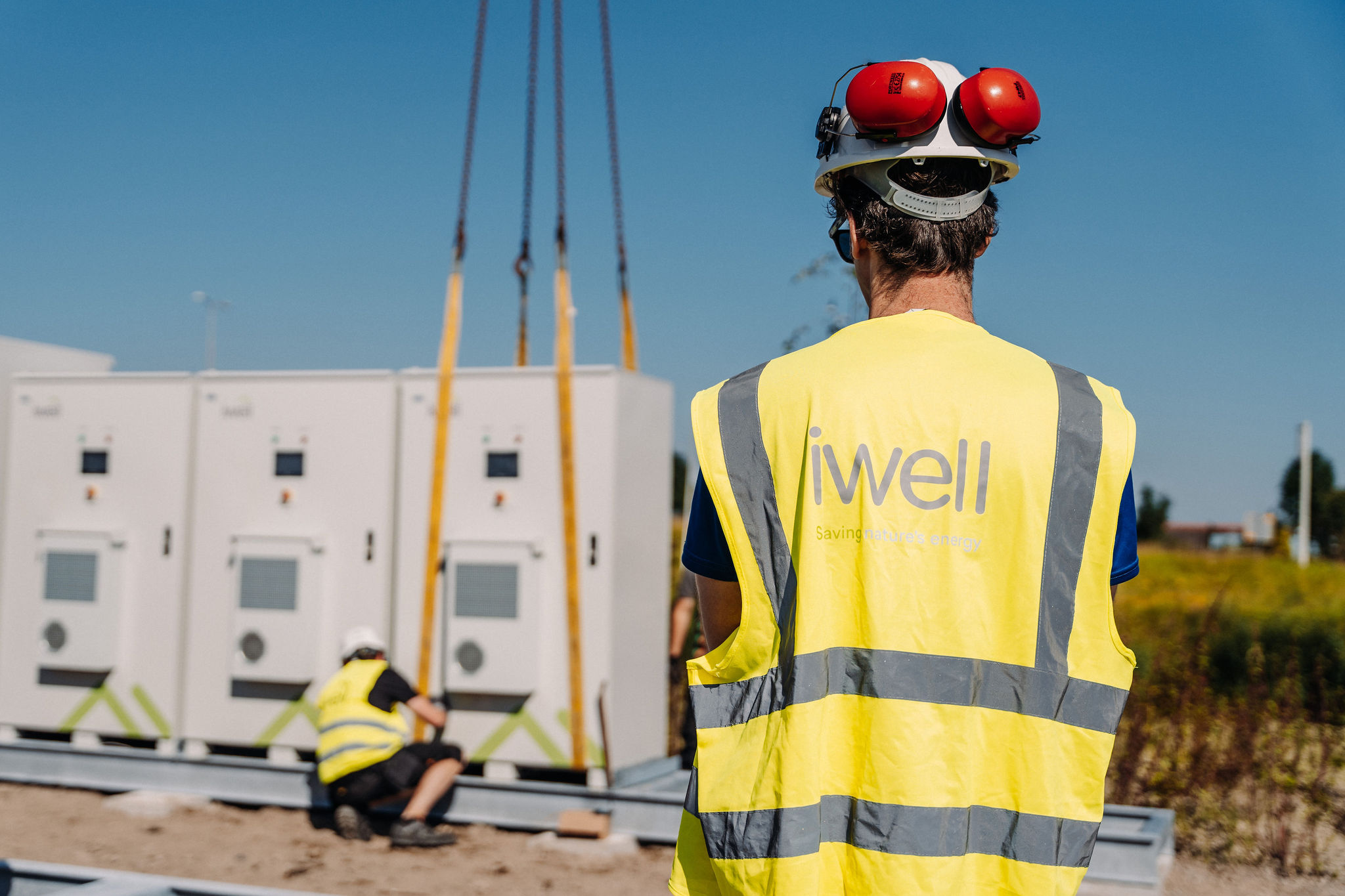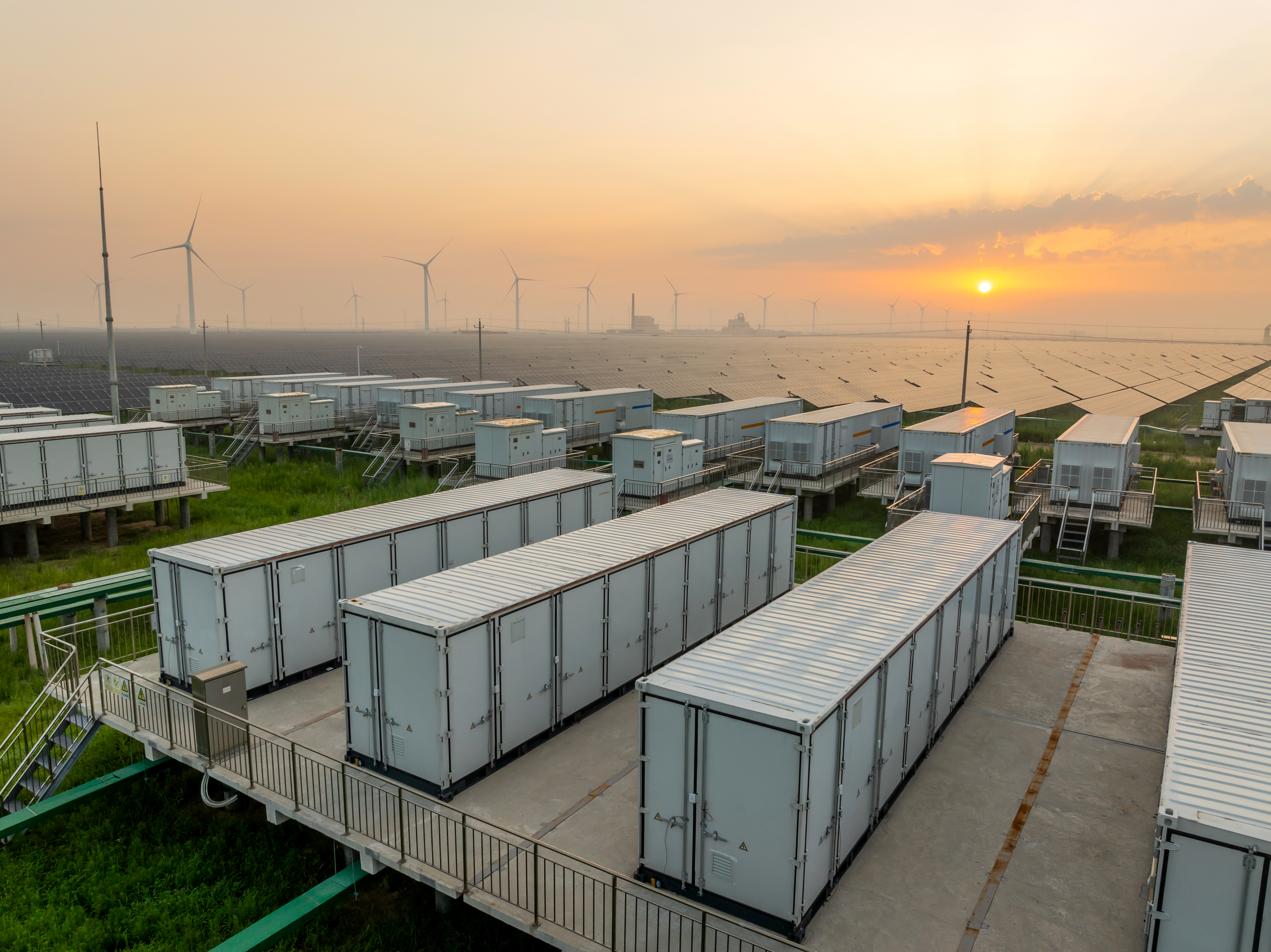Beyond solar: an installer’s 7-step guide to choosing the right battery storage partner

For many installers, solar isn’t just part of the business – it is the business. It drives nearly all revenue, but that reliance comes with challenges. Project peaks and valleys strain cashflow and beating the competition often comes down to speed, price and transparency.
Battery storage changes that equation. It’s not just an add-on, it’s a multiplier for your business. When done right, commercial battery storage can strengthen your appeal to customers, create repeat business and differentiate you in a crowded market.
The guide below reveals the 7-step framework successful installers use to seamlessly add battery storage to their offerings, without the costly mistakes or technical headaches that might derail the decision.
Why battery storage benefits installers
A warehouse that can store excess solar energy and cut peak demand is not only saving money, but also gaining energy independence from an unpredictable grid system and ensuring their lights always stay on. That peace of mind is the kind of value customers remember.
For solar installers, the benefits of adding storage include:
- Diversified income beyond panel installation
- Stronger client relationships, built on ongoing services like performance monitoring and ongoing system optimization
- Future-proofing, as businesses increasingly seek resilience and independence from the grid
So where should they start, and what are some key factors to weigh as they consider their options?
Steps to adding battery storage to your business
- Start with the business case
Focus on the profiles where storage makes sense: warehousing, cold storage, manufacturing, and high-use commercial sites. Use clear, transparent modelling to show how storage pays back. - Partner, don’t stockpile
You don’t need batteries sitting on shelves and tying up cash. Work with suppliers that deliver on project terms, with ethical sourcing and strong post-installation services like ongoing monitoring and maintenance. That keeps your risk low and cashflow steady. - Build confidence with reliable and secure tools
Trustworthy performance modelling is essential. It’s the difference between “we think this will work” and “here’s exactly what you’ll save.” A partner that offers technology like Energy Management Software (EMS) – which controls, predicts, and optimizes the customer’s energy flows in real time – will build your credibility.
But reliability today also means security. Our EMS and cloud-connected battery systems use encrypted connections with continuous monitoring, all tested by independent experts to meet the highest data protection standards. Cybersecurity and product safety remain challenges with certain low-cost imports, where standards are often inconsistent. By choosing a partner with internationally certified processes and proven compliance, you safeguard your customer’s energy system, data, and reputation. - Prioritise safety and insurance
Your commercial customers will likely ask about fire risk, insurance implications, and safety protocols. Partner with providers who meet the highest standards. You should also ensure your public liability insurance covers battery storage and develop safety protocols for installation and maintenance. - Offer credible financial modeling and real-time insights
Smooth, transparent financing helps customers commit and helps you close more business. Choose a partner that has modelling software and real-time reports. For example, iwell’s EMS provides live insights on daily energy usage and cost-saving opportunities. Your customers need to see real numbers to maximize their profits. - Train and align your team
Storage isn’t second nature yet. Regular training sessions keep your crew confident in technical and commercial conversations. The right partner will support you with training and resources. - Structure your go-to-market approach
Don't try to be everything to everyone immediately. Consider this phased approach:
-
-
Phase 1: Offer storage as an add-on to existing solar clients who specifically request it, while building experience and case studies.
-
Phase 2: Proactively recommend storage to new commercial solar prospects where the business case is compelling.
-
Phase 3: Market storage retrofits to existing solar customers and pursue new storage-only opportunities.
-
The commercial energy storage market is expanding rapidly as businesses prioritize energy independence and resilience. Solar installers who move strategically into this space now will capture the market while competitors are still weighing their options.
Ready to expand beyond solar panels?
At iwell, we help businesses incorporate scalable battery solutions and intelligent EMS systems into their energy stack. Reach out to us to discover how battery storage can grow your revenue while helping customers future-proof their business.

%20(1).jpg)
